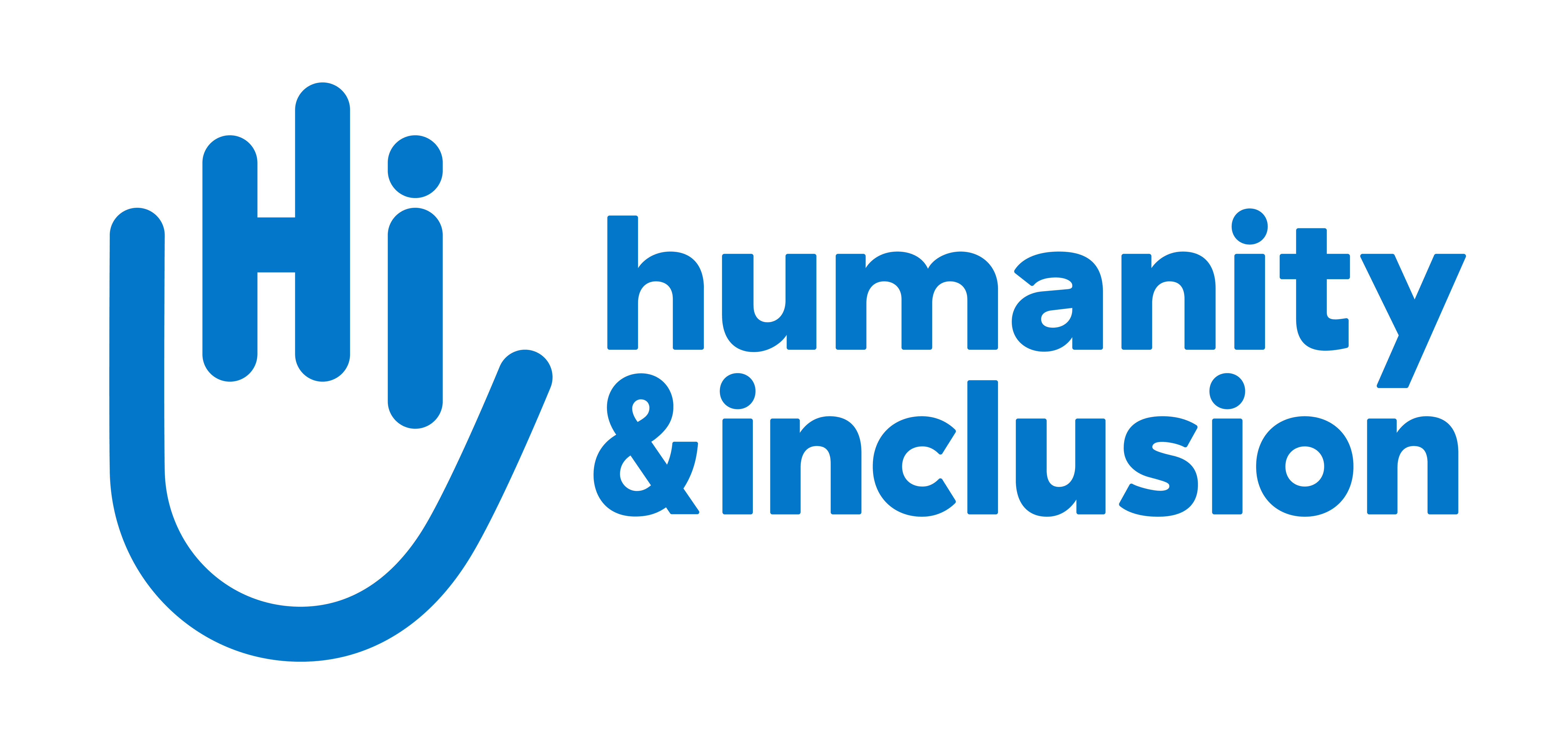Morocco: "Children's textbooks and exercise books were lying amongst the rubble”
Mohamed lives in Amizmiz, close to the epicentre of the earthquake that hit Morocco. A few weeks after the disaster, he talks about how solidarity is helping to meet the challenges of this crisis.

Shot of a douar, in Amizmiz (Al Haouz province), affected by the earthquake that struck Morocco on 8 September 2023. | © Mohamed Itouhar / HI
Mohamed Itouhar, very involved in Moroccan community life and related to a member of HI’s team in Morocco, is a native of the province of Al-Haouz, situated at the epicentre of the earthquake that shook Morocco on the night of 8 September. He and his family were on a trip to the Atlantic coast when the earthquake struck and, although they are unharmed, they are still deeply affected by the scale of the damage and the distress of the local population. Mohammed describes how the communities are organising themselves to meet the challenges they now face.
A disaster on an unprecedented scale
Every day, we think of those who lost their lives and all the survivors injured and affected by this tragedy. That night, my wife and I were travelling in Essaouira province, near the coast. My son was collecting data in the area, and we had decided to spend the night in a small fisherman's cottage close to the ocean.
As fate would have it, our stay was cut short.
When the earthquake hit, it was like being on the branch of a tree being buffeted by a strong wind. The walls were moving – shaking violently, swaying – and we were waiting to see if they would stabilise and if we would still be alive. After a few minutes, it stopped. But there was no power and no means of communication. That's when the questions started, when we began to worry about what had happened to our loved ones. With no way of contacting them, we were extremely anxious.
We left late that night, as soon as we could, to return home to Amizmiz, not far from the epicentre of the earthquake. We arrived to see that the houses had collapsed on the inhabitants. There are no the words to describe what we felt. We saw people, our neighbours, searching for their loved ones and we worried about how long it would take to find them. We took refuge in a safe place and discovered that our whole extended family was fine. That was a huge relief; we didn't lose anyone, just our possessions and our homes. The community was already getting organised to help those in need, and I was proud to see how quickly solidarity kicked in. But it was very difficult to comfort people. The inhabitants drew on their knowledge of the community. They knew how many people lived in each house. That's how they were able to find survivors to begin with. It's very difficult to describe – it was like being suspended in time. We were afraid of aftershocks. Aftershocks are more frequent and more intense when you're close to the epicentre.
I went back a few days ago and watched as the last of the victims were being pulled from the rubble. Over a hundred people had perished. It was like walking through a war zone. Some of the houses were still standing, but they looked as if they had been machine-gunned. And the textbooks and exercise books of the children who had perished were lying amongst the rubble. Those scenes will stay with me all my life.
People must now start coming to terms with what has happened so that they can mourn and think about the challenges that lie ahead. It's a real disaster.
Organisation of aid and immediate priorities
From the start, everyone reacted very quickly. The inhabitants mobilised straight away and then the authorities arrived to assist. There was a great deal of responsiveness right from the outset. Today, people are gradually emerging from their shock, returning to reality and thinking about how to deal with the aftermath. There is also the coming winter to worry about and the mountainous terrain, which will make it difficult to deliver and organise aid.
In our region, needs were assessed very rapidly - the needs of the children, the kind of care required, needs for urgent hospital treatment, etc. - so that appropriate aid could be provided. All the secondary school students were transferred to Marrakech to continue their schooling in a boarding school. For the youngest primary school children, the authorities set up tents as temporary classrooms in the fields outside the villages.
At community level, groups have been formed in which everyone has their place and supports others. We are all living together as a community. This kind of organisation is rooted in the values of Moroccan society and it brings us much closer together. It's easier to help a close-knit community than a scattered one. We're doing things that aren’t usual for the region. We usually use the tents when we move the livestock up or back from the mountains in the spring and autumn. We’re using them at the moment, but they aren't suitable for winter, when temperatures reach -3 or -4 degrees. They won't withstand the snow and we don't have enough of them, so this has to be a priority.
Through our foundation, the Fondation du Grand Amizmiz pour la Formation, les Etudes et le Développement (FAGFED), we are helping the children to overcome the trauma. It's too difficult for them to go straight back to their lessons, so we are helping them to overcome their stress by organising sports and artistic and fun activities.
A few weeks after the earthquake, there is still a lot of work to be done to coordinate the aid effectively. Everyone wants to intervene at the same time, and there is a risk of blocking mountain roads that are already hard to access, or of forgetting certain localities.
This is an unprecedented crisis for us. The last earthquake of this magnitude was in the 1960s, so we have no practical experience to draw on. Everything is being done for the first time in this response. But the people are hopeful by nature. There’s a lot of drought in the region; water is very scarce. Then, after the earthquake, springs bubbled up in places where there had run dry. It's as if the water has come back to sustain people’s hope, and that's something that has really marked the communities.
Looking to the future
Now we must look to the future, although we know that it will take time to build everything back. But I have the clear impression that this tragedy has helped us to start reflecting on and managing our region together. We are all working together to turn challenges into opportunities, and that makes us proud.
The real hope lies with our young people and the local residents; they are the ones who know what the real needs are. The young people who go to university have a role to play in ensuring that our responses are better adapted in the future. Concrete didn’t withstand the earthquake, so we need to rethink our anti-seismic approaches, the construction of our houses and the layout of our villages, while preserving the authenticity of the Moroccan landscape in our mountains. Engineers need to study materials to see how they resist in disasters like this. We need to bounce back and move forward.





